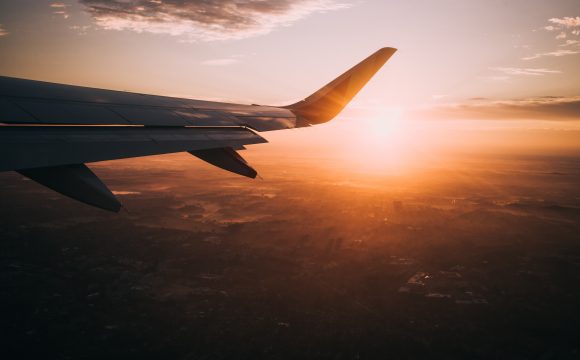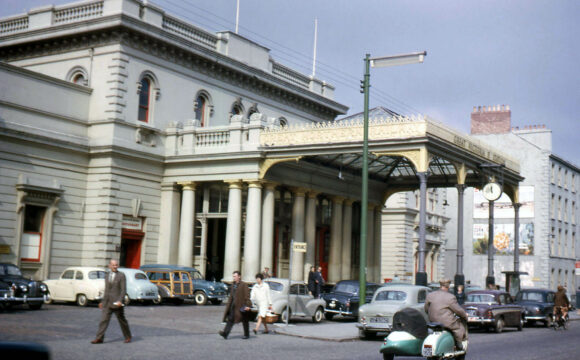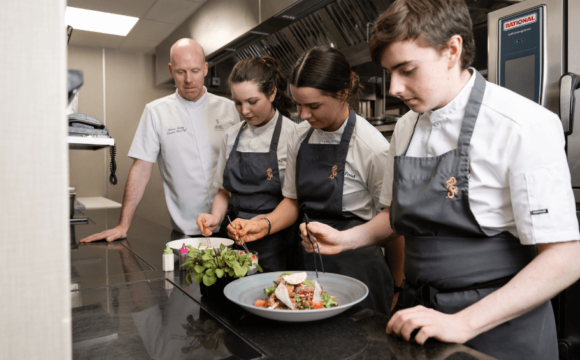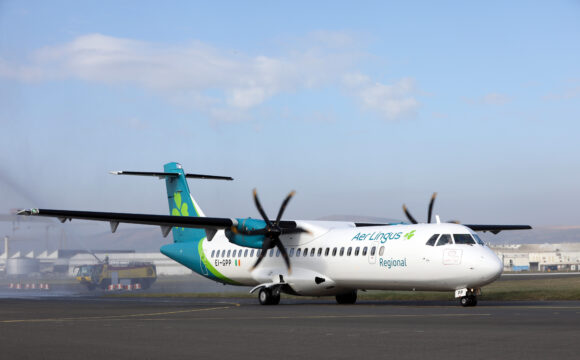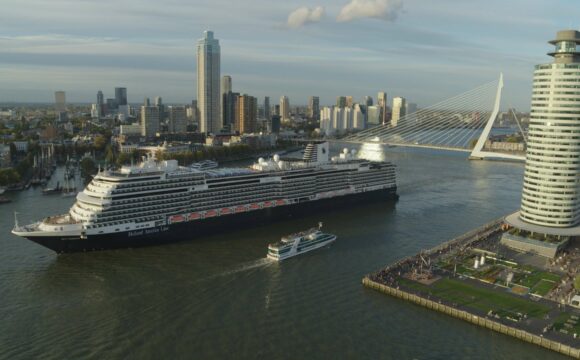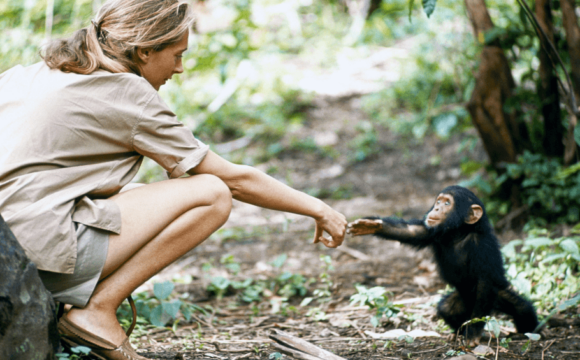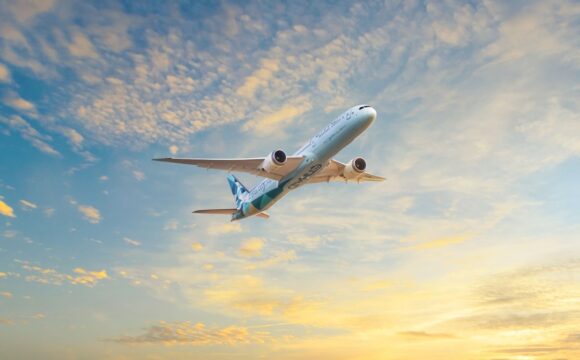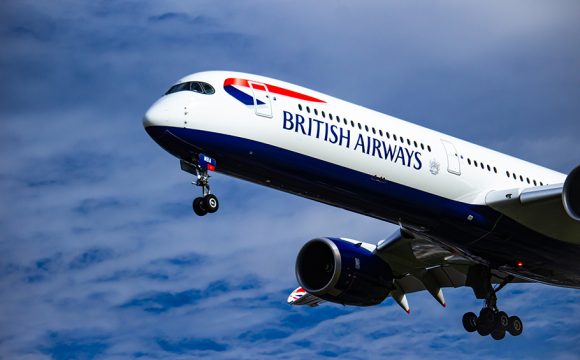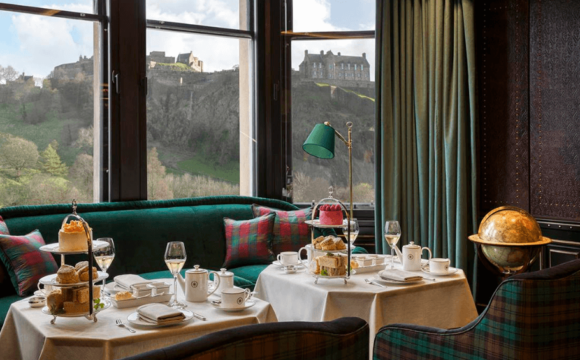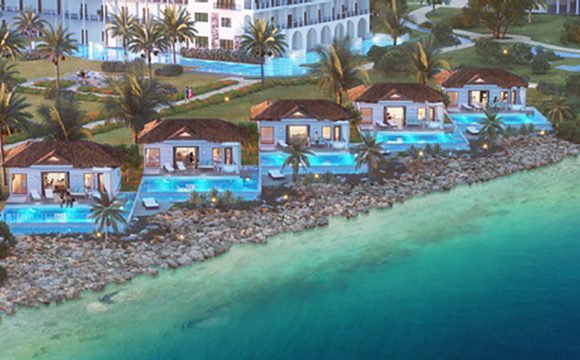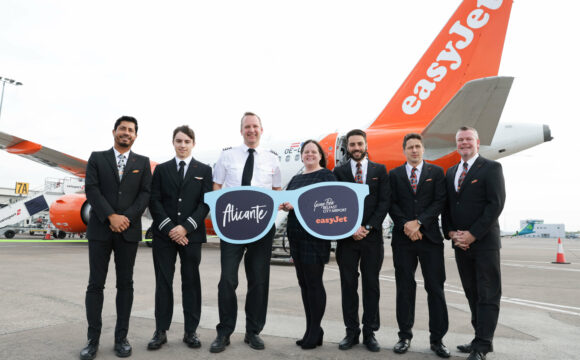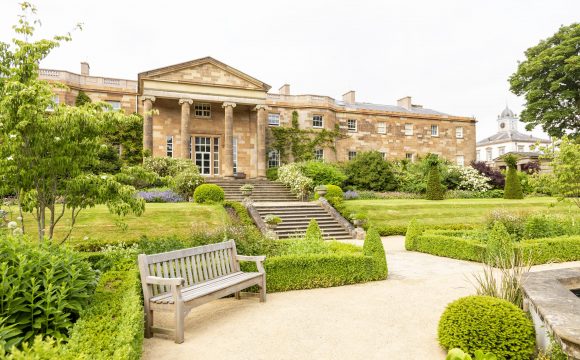By Peter Shanks, Managing Director of Silversea Cruises
THE last time I was so moved I cried was at the wedding of my eldest daughter, as I walked her up the aisle. Until arriving at Silver Origin, where, stepping onto Basecamp, Silver Origin’s welcoming hall, the impact of this incredible place moved me to tears again. I’ve heard that the Galapagos is a “trip of a lifetime” from friends and colleagues and it’s taken me almost 64 years to get here. What had I been waiting for?
My two-week cruise around the Galapagos Islands, was an amazing journey, literally and figuratively, and I wanted to share it with you. We boarded Silver Origin off of San Christobal and travelled two different itineraries, a pair of seven night runs. You can still absolutely get the magic in one week, and for the longer cruise there’s only one day when you overlap ports, visiting the giant tortoises at Montemar Tortoise Reserve on Santa Cruz.
First Stop: Quito
A pre-cruise stay in Quito’s Old Town before we head out on our Galapagos cruise.
KLM was a terrific flight option. It was a short hop from London to Amsterdam and an excellent flight to Quito where some 11 hours later we arrived into Ecuador. We added a night on to the pre-cruise overnight in Quito, curious about making discoveries there — and also to rest up for the experience-intense action we were looking forward to around the islands of the Galapagos. We stayed at the Casa Gangatena in the very heart of Quito’s old town. It’s an ancient colonial house converted into a hotel with just 32 rooms, and is right in the heart of Quito. Not long after settling in we watched from the roof terrace as the sun went down, surrounded by a confusing array of so many churches who all seem to have a different time with church bells sounding a random 10 minutes either side of the hour.
Quito Old Town is a truly foreign and cultural experience. We really only had the one full day to explore before our onward journey to Galapagos and we felt it was important to explore Ecuador’s culture. The biggest surprise? We wound up becoming immersed in Spanish culture instead. That’s because, like many South American countries, Ecuador was invaded by the Spanish, who destroyed its indigenous churches and temples to build their own on top.
Our first stop was the Casa del Aldabra Museum, a converted Spanish colonial house. The many artefacts brought to life aspects of ancient Ecuadorian cultures, their relationship with ancestors and religious ideals and rituals. I am not brave enough to include some of the more risqué figures – safe to say that genitalia seemed to play a larger than life role in ancient times. It was a great introduction to Ecuador.
Talking of culture – a young woman at the museum offered to talk us through what to expect. She spoke beautiful English and I asked where she had learned it so well. ‘Pop culture’ was her answer — and that reminded me of today’s influence of films, TV, music and social media. That is where she picked up her impressive language skills.
It’s rather sad that in Quito there is little or no evidence of the indigenous people and culture of Ecuador. When the Spanish came they collected the gold and built their own churches – often on top of where original and ancient sites had stood. And there must have been a sense of ‘my church is bigger than your church’. When we looked around La Iglesia de la Compania de Jesus, we felt a need to be impressed by the amount of gold that literally covers every inch of the church. But we had a different feeling – one of how at odds all this opulent wealth is to the lines of local people each morning queuing up in the square at the Basilica and Convent of San Francisco to provide them with hot food.
Lunch was a local dish of fried pork and salad at the famous Vista Hermosa rooftop restaurant – washed down with a chilled Corona with views of the city all around us – that certainly did the trick.
A note about our choice of accommodations. All guests heading to Silver Origin have two choices of hotel. The included choice is what we describe as “simply hotel,” the J.W. Marriott. We opted to upgrade to Casa Gangatena because we wanted to be in the heart of the old town rather than the modern city.
Then onwards the next morning with an early flight to San Cristobal via Guayaquil. Interestingly, there are no direct flights from Quito to Galapagos from Quito because there is no way to refuel in the islands. Our flight was about 2 1/2 hours with a brief stop in Guayaquil.
Another note on travel logistics: To get into Ecuador from the U.K. you fill out a pretty simple form. There are more forms to enter Galapagos (officials want to make sure you come — and depart) and it was nice that a Silversea representative, who joined as at the airport, assisted us at check in (and filling out the forms) and even flew to the islands with us. We were then met by the expedition team who were waiting for us at the airport in San Cristobal.
First lesson learned: The 48 hours in Quito works, breaks up the long journey from the U.K. (it’s a six hour time difference for us — though only one hour ahead of New York) It allows a little insight of Ecuadorian history and culture — and yet — it’s a staging post to the real prize to come.
The sight of the Silversea expedition team as we arrived in San Cristobal, with the somewhat old but effective buses waiting to transport us on the 10 minute journey down to the waiting zodiacs in the harbour, was something to behold. The expedition team looked right out of Indiana Jones and you could already feel we were in experienced hands. You don’t have to wait long – once down at the port as we boarded the zodiacs we were surrounded by a welcome party of Sea Lions and by Blue Footed Boobies dive bombing the harbour for their lunch.
And there she was – gleaming in the sunshine – Silver Origin. Arriving by zodiac and being helped up the aft landing stage into Basecamp – being handed the traditional Silversea glass of champagne and a Silversea smile – well that was when I nearly did that crying thing again. After a long journey and at the start of our ‘trip of a lifetime’ – we had arrived at one of the most incredible places in the world, full of anticipation of what lay ahead for the next two weeks.
There’s no hanging about. On the 100-passenger Silver Origin, we were all aboard and shortly after arrival, and having completed the safety drill, we set sail for Kicker Rock. The boot-shaped rock (hence the name) is one of the most iconic sites in Galapagos and the positioning and propulsion of Silver Origin kept us remarkably close. It was 6 p.m. – time for an Ecuadorian Club Prime at the deck 7 bar as the sun went down on the equator and our Galapagos adventure had begun.
Truly, the Wildlife Here is Remarkable
What’s different about Galapagos is not that you discover one new species of bird or animal at a time. It’s all around you all of the time. I am not a twitcher by any means – but the birdlife is incredible. I had of course heard a lot about the Blue-Footed Boobies – and their blue beak and feet are every bit as blue as I had hoped. They are brilliant aviators and excellent anglers. On several occasions whilst snorkelling one would dive right next to me, going several metres down to retrieve their breakfast or lunch. But I discovered there is more than one Boobie – I met the Red-Footed Boobie and the larger white Nazca Boobie.
The other species you will see a lot of is the Frigate Bird. They soar so well and look like a flashback to the dinosaur days. The males have a wonderful red balloon that comes out below their beak as part of their mating ritual.
And then of course the famous Darwin Finches are everywhere. We saw several different species. The Galapagos Mocking Birds sing beautifully, the doves are graceful, the Herons plentiful. We even caught a rare sighting of the famous Galapagos Owl – the only owl that hunts during the day. On Genovesa Island we went on a nature hike that took us right into the nesting area for boobies and frigates. The boobies were very busy gardening for twigs and branches to build their nests. The frigates had a different approach – they let the boobies do all the work then swooped down in mid-flight to grab the twigs and branches to build their own nests. We saw hundreds of nests, eggs, youngsters and a real demonstration of the ongoing breeding and fertile nature of Galapagos.
When you first come across marine iguanas you don’t quite know what to expect. We first saw them as our zodiac landed on Fernandina. There were hundreds! They were all over each other and, depending on the time of day, they face toward the sun, especially in the mornings, when they were cold. Later, when it gets warm, they turn around.
We also saw many Land Iguanas – they are a lot bigger. We were in Galapagos at the beginning of the wet season. It was April, and things were remarkably greener than you would see for the rest of the year. Definitely, the Land Iguanas had plenty to eat and looked very full and contented. They are such a flashback as they look so dinosaur-like with an amazing yellow colour. They stand regally and are in control of their environment and we often had to stand still as they were wandering down the path – taking no notice of us as they ambled past.
Birds and animals are everywhere, together, and that’s why Galapagos is so overwhelming. There are sea lions, blue-footed boobies, frigate birds. A hawk flies over you. It’s not like a safari when you’re spending six hours to get a peek at a giraffe.
The two hour nature walk on Fernandina was a highlight – it was like being transported into a David Attenborough documentary. There were so many different species thriving in close proximity, in harmony. That would be a rare find elsewhere and again, they were just everywhere. I’ve never seen anything like it.
We watched a father sea lion protect his wife and child by barking at and chasing off some younger males. We saw eagle ray fins out in the bay and sea turtles crawling out of the sea to rest in the sun. And then there was a hubbub – even our guide was excited: About 50 feet in front of us was a Galapagos Hawk and it was eating a recent catch of a marine iguana. The hawk is not seen on many islands and it is right at the very top of the food tree. We stood transfixed as the hawk looked up at us – and decided to carry on devouring its prey. As we finished our two hour walk, and as the sun began to set as we boarded the zodiacs, that was my most emotional and special couple of hours in Galapagos…
Part Two will be available in our September/October Edition…


